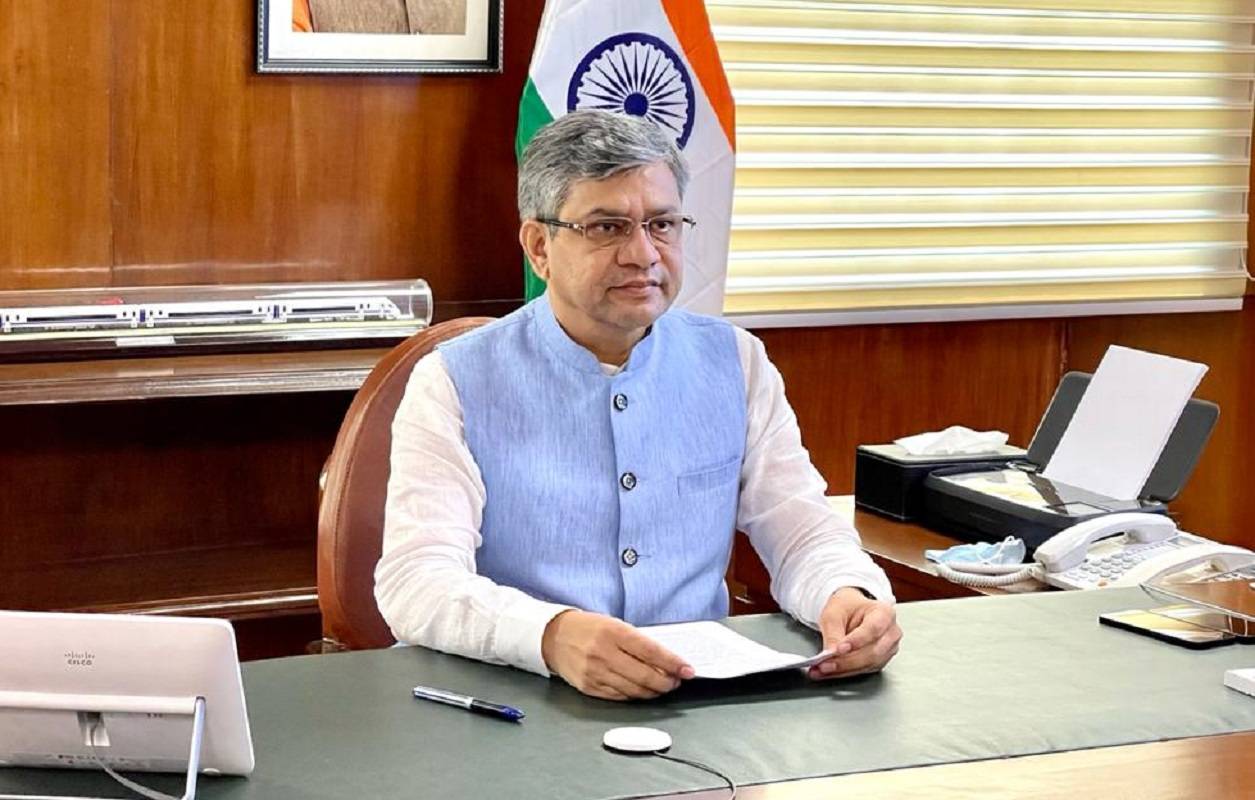
According to Ashwini Vaishnaw, Minister of Railways, Communications, Electronics, and IT, government initiatives on 5G, public digital platforms, semiconductor design, electronics and telecom manufacturing, and even railways can lead to a more than fivefold increase in the number of unicorns.
"There will be IPOs, and there will be investor expectations," he said. "There will be friction between the founder's thought process and the investors' thought process." Prepare for this and make sure the transition goes smoothly."
He believes that startups can capitalize on the five growth opportunities listed above. "With the current policies, we have managed 80-90 unicorns, and with additional policy focus, we expect to increase this number to 500-600 unicorns in the future," Vaishnaw said.
Extending on the 5G opportunity, Vaishnaw stated that the government has encouraged research on a domestic 5G stack across the core network, radio network, telecom equipment, handsets, testing ecosystem, and standards.
"We have the 5G core ready, and the 4G network is fully built," he said. Other companies and countries took years to develop the 4G technology stack, whereas India did so in 14 months for around $30 million. He went on to say that India's 4G infrastructure is a cut above the rest of global standards. He believes that startups can capitalize on the five growth opportunities listed above.
"With the current policies, we have managed 80-90 unicorns, and with additional policy focus, we expect to increase this number to 500-600 unicorns in the future," Vaishnaw said.
According to him, the virtualized 5G stack will allow startups to offer solutions in autonomous networks, throughput optimization, tower device interaction, call integrity, machine-to-machine solutions, cybersecurity, and IoT, among other areas.
Vaishnaw admitted that the 5G rollout in India has been delayed, owing primarily to "pricing issues." He was referring to the current base price of 5G spectrum, which telecom players claim is too high to allow bids to be viable.
The government expects the telecom regulator to issue new 5G pricing recommendations by the end of March, allowing for the initial rollout of services to begin in mid-August.
According to the minister, the startup ecosystem has already used the (Unified Payments Interface) UPI to develop a large number of solutions. Building on the second opportunity in the public digital platforms space, the government is now working on more public digital stacks such as Aadhaar and UPI.
Vaishnaw also mentioned opportunities for startups in railways, which could be worth $2.5 trillion. He stated that the government will launch a technology challenge within the next month to invite startups to participate in the Indian Railways' digital transformation ecosystem.
He invited startups to create proof-of-concept (PoC) solutions for railways and assured them that they would be provided with funding to do so.
"We will guarantee (assistance with) purchasing that product and building your business during the most difficult stage of the startup journey," he said. "You create solutions for India that can then be exported to other countries where there is a large market for transportation solutions."
He went on to say that there is a $2.5 trillion market for transportation-related solutions that startups can tap into. Within the next few weeks, the government will launch the first set of challenges in which startups can participate to solve railway problems.
"These will be exciting technological challenges that will provide startups with excellent revenue and technology deployment visibility, at least for the first four or five years." "It won't just be about connecting with customers," Vaishnaw explained.
The government also expects to help startups with its Rs76,000-crore semiconductor manufacturing policy, which was unveiled last year. Potential opportunities include, among other things, the development of software tools for dealing with patents, locating a market, and fabricating the first chip.
"We have received responses from 15-16 groups that have approached us with startup ideas centered on semiconductors," he said.
Another area that startups can tap is electronics and telecom manufacturing, which is already worth $75 billion and is expected to grow to $250 billion in the next five years. According to Vaishnaw, 35 companies have taken advantage of the production linked incentives (PLI) for telecom equipment manufacturing, which creates a large ecosystem for designers and people who can provide solutions.
















